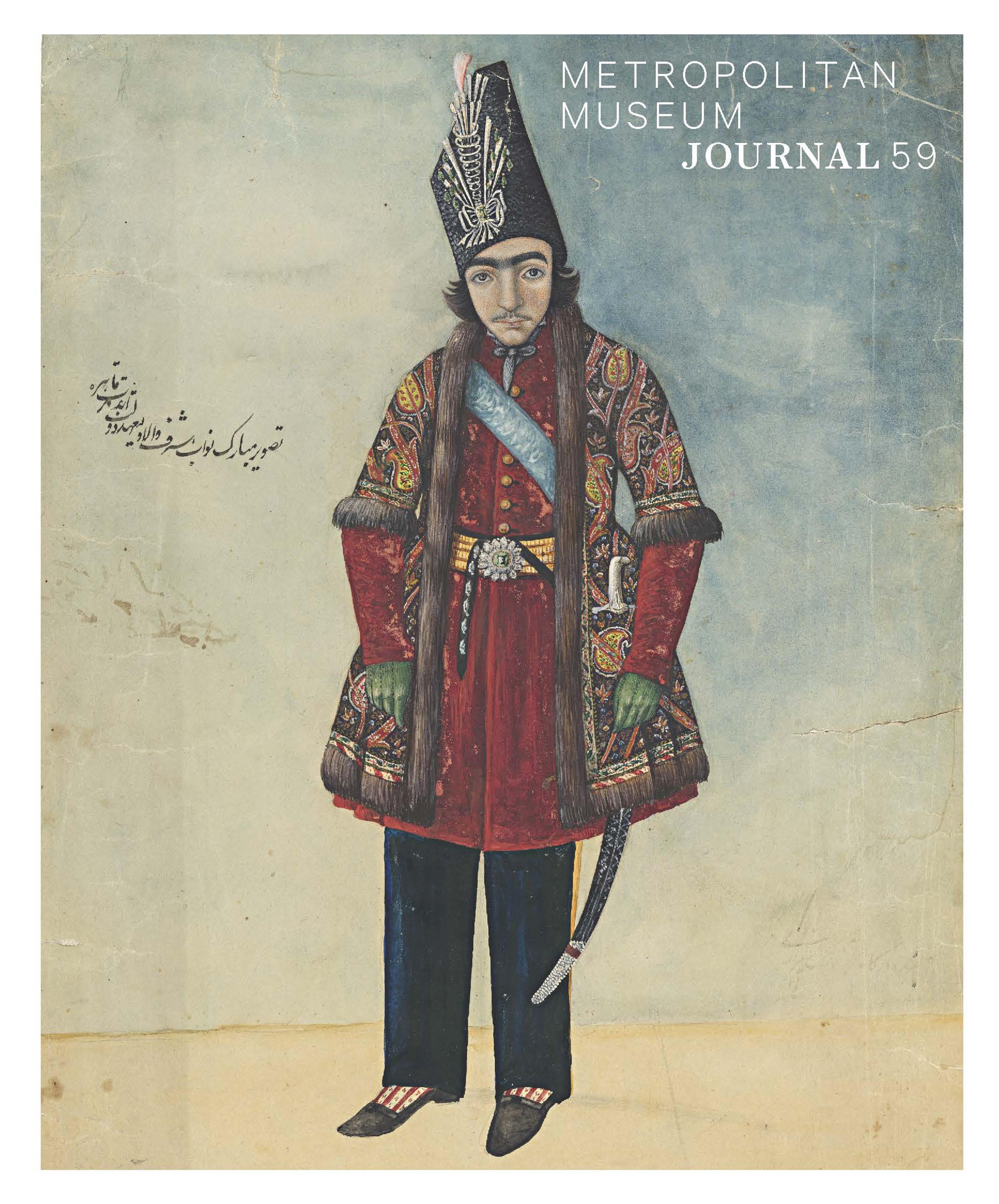Carpet
This prayer rug or sajjadah, identified by its central niche design, the Qur’anic inscriptions in its border, and the names of God in its spandrels, is consistent with a group of carpets thought to have been a diplomatic gift from the Safavid Shah ‘Abbas I to the Ottoman sultan Murad III (r. 1574–95). Because some of the verses promote a Shiite perspective by referring to the intercession of Shiite imams with God, the group was apparently never used by the Sunni Ottomans.
This carpet feature warps in two colors—one of a natural, undyed fiber and the other of a rarely seen intense red—that are arranged in an irregular pattern. Microscopic investigation has revealed remnants of the original selvage, or the woven edge, which is similar to some of those found on the masterpiece Safavid Carpets from the early sixteenth century.
This carpet feature warps in two colors—one of a natural, undyed fiber and the other of a rarely seen intense red—that are arranged in an irregular pattern. Microscopic investigation has revealed remnants of the original selvage, or the woven edge, which is similar to some of those found on the masterpiece Safavid Carpets from the early sixteenth century.
Artwork Details
- Title:Carpet
- Date:16th century
- Geography:Attributed to Iran
- Medium:Silk (warp and weft), wool (pile), metal wrapped thread; asymmetricaly knotted thread, brocaded
- Dimensions:Rug: L. 63 1/2 in. (161.3 cm)
W. 43 1/4 in. (109.9 cm) - Classification:Textiles-Rugs
- Credit Line:Mr. and Mrs. Isaac D. Fletcher Collection, Bequest of Isaac D. Fletcher, 1917
- Object Number:17.120.124
- Curatorial Department: Islamic Art
More Artwork
Research Resources
The Met provides unparalleled resources for research and welcomes an international community of students and scholars. The Met's Open Access API is where creators and researchers can connect to the The Met collection. Open Access data and public domain images are available for unrestricted commercial and noncommercial use without permission or fee.
To request images under copyright and other restrictions, please use this Image Request form.
Feedback
We continue to research and examine historical and cultural context for objects in The Met collection. If you have comments or questions about this object record, please contact us using the form below. The Museum looks forward to receiving your comments.
